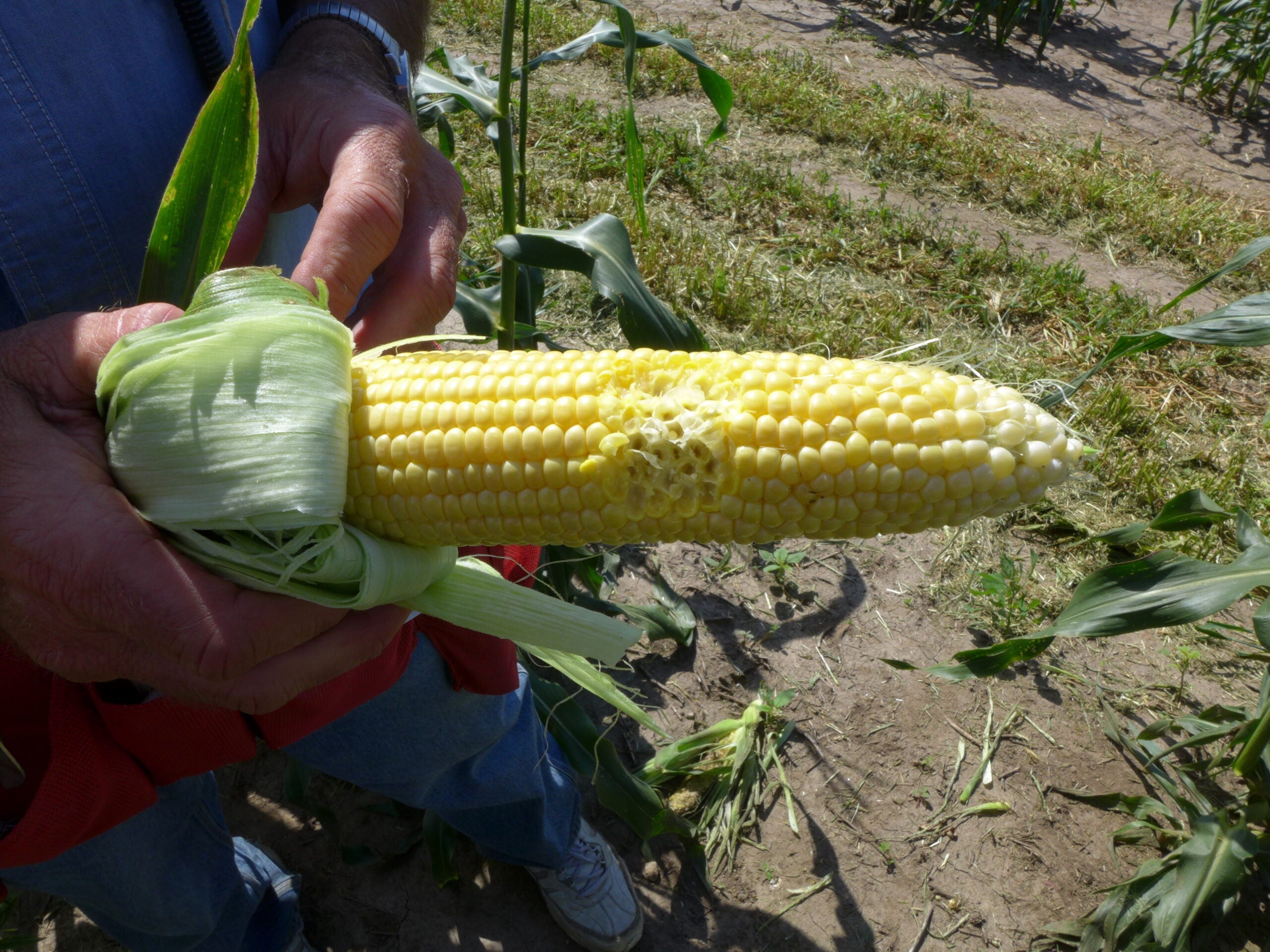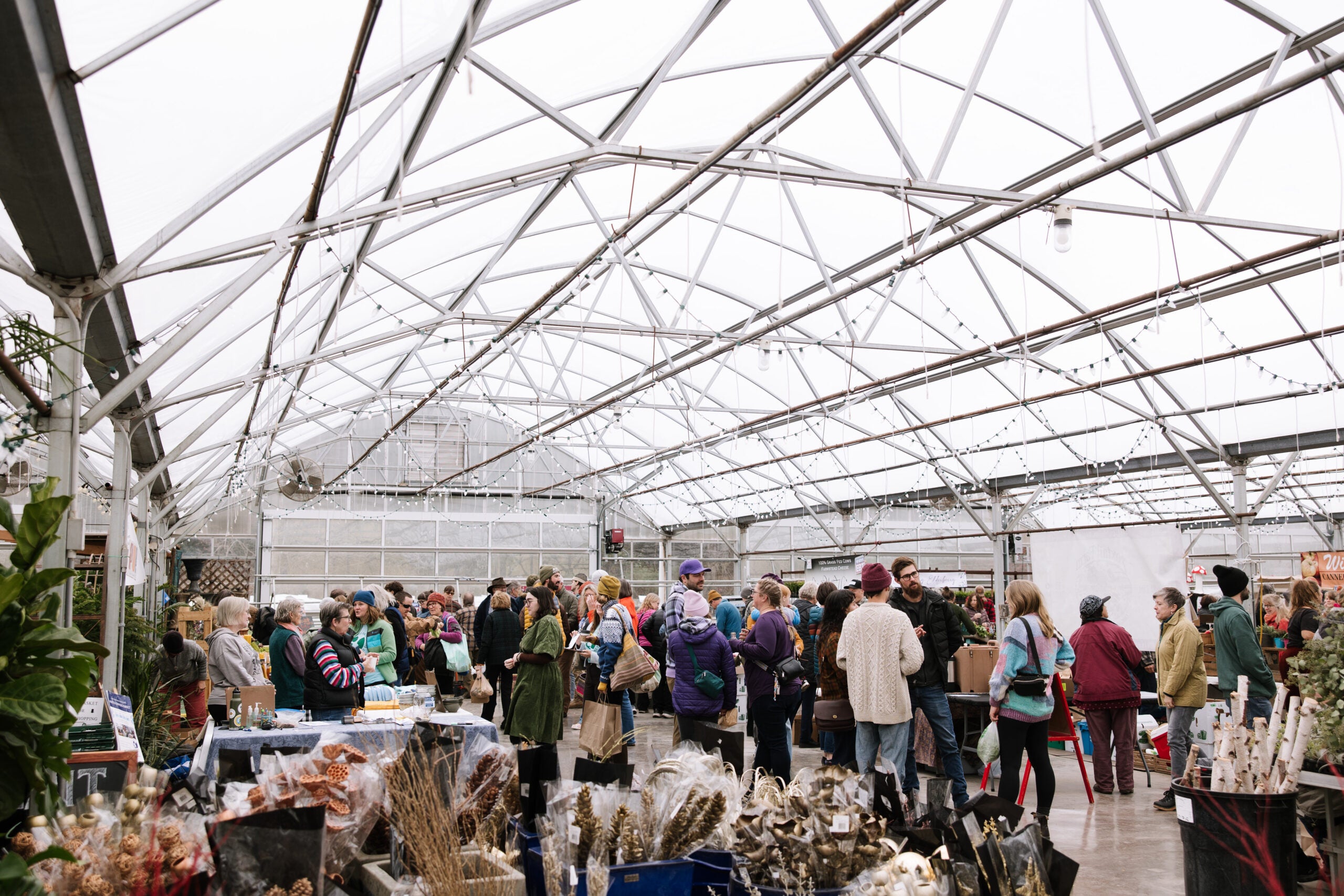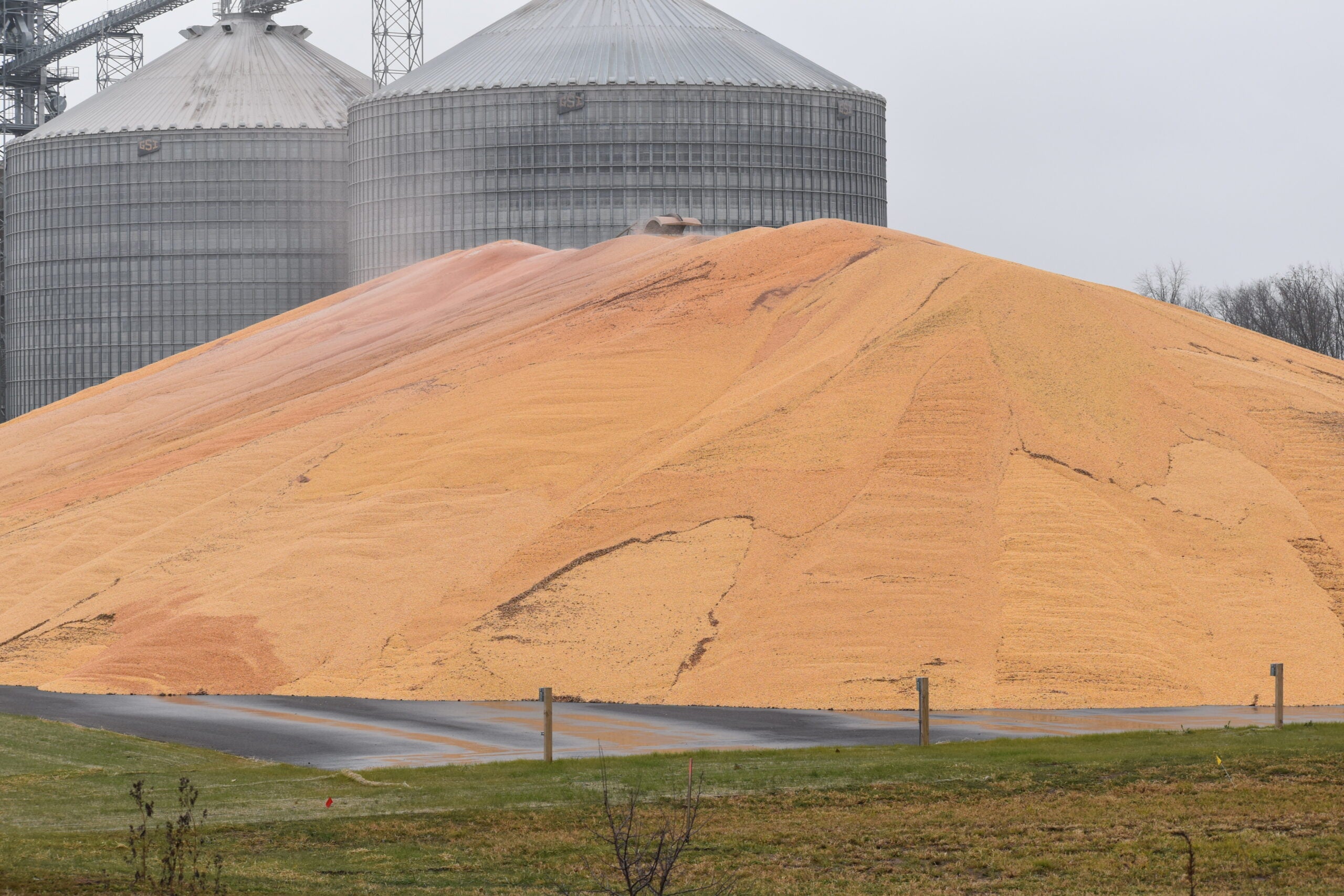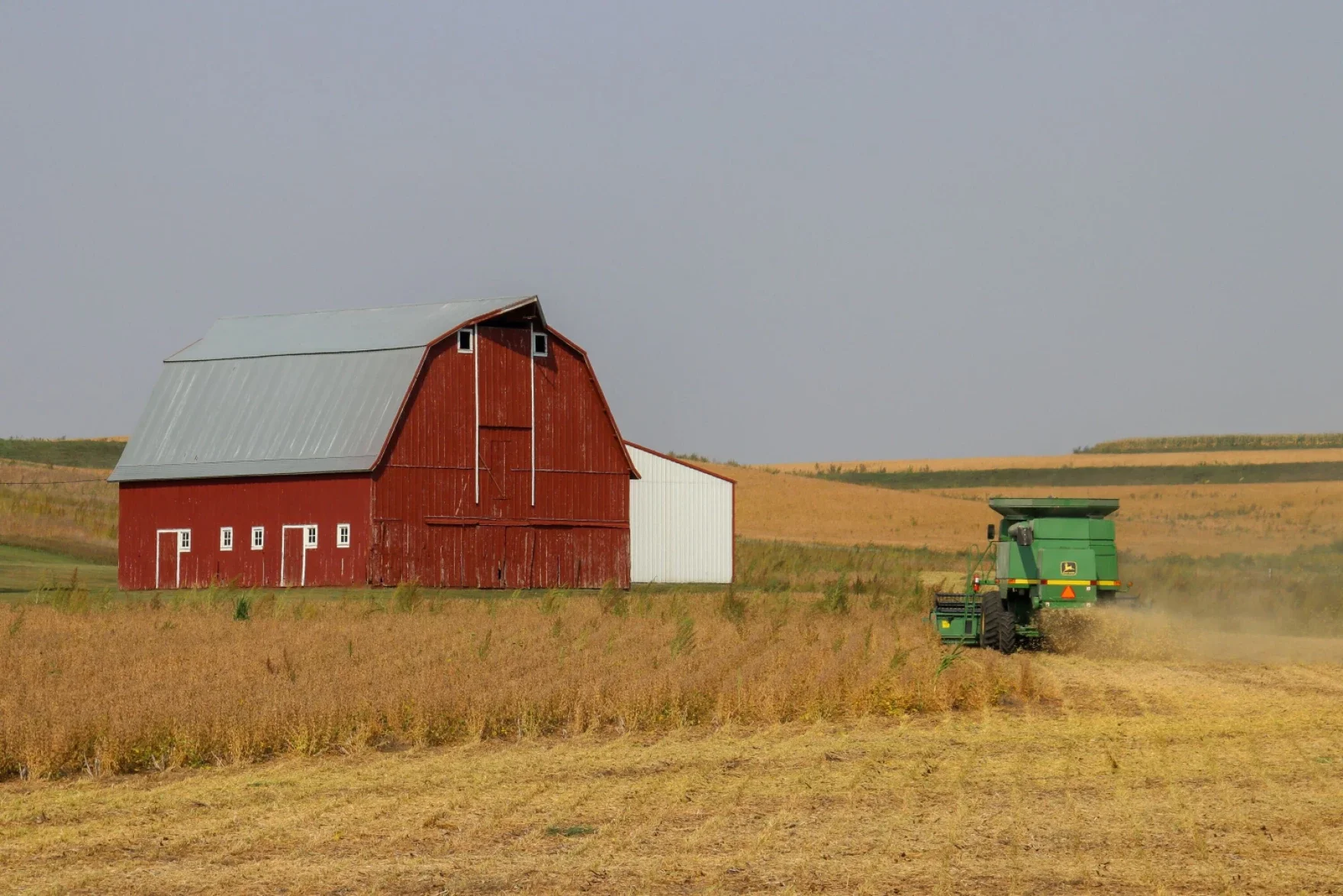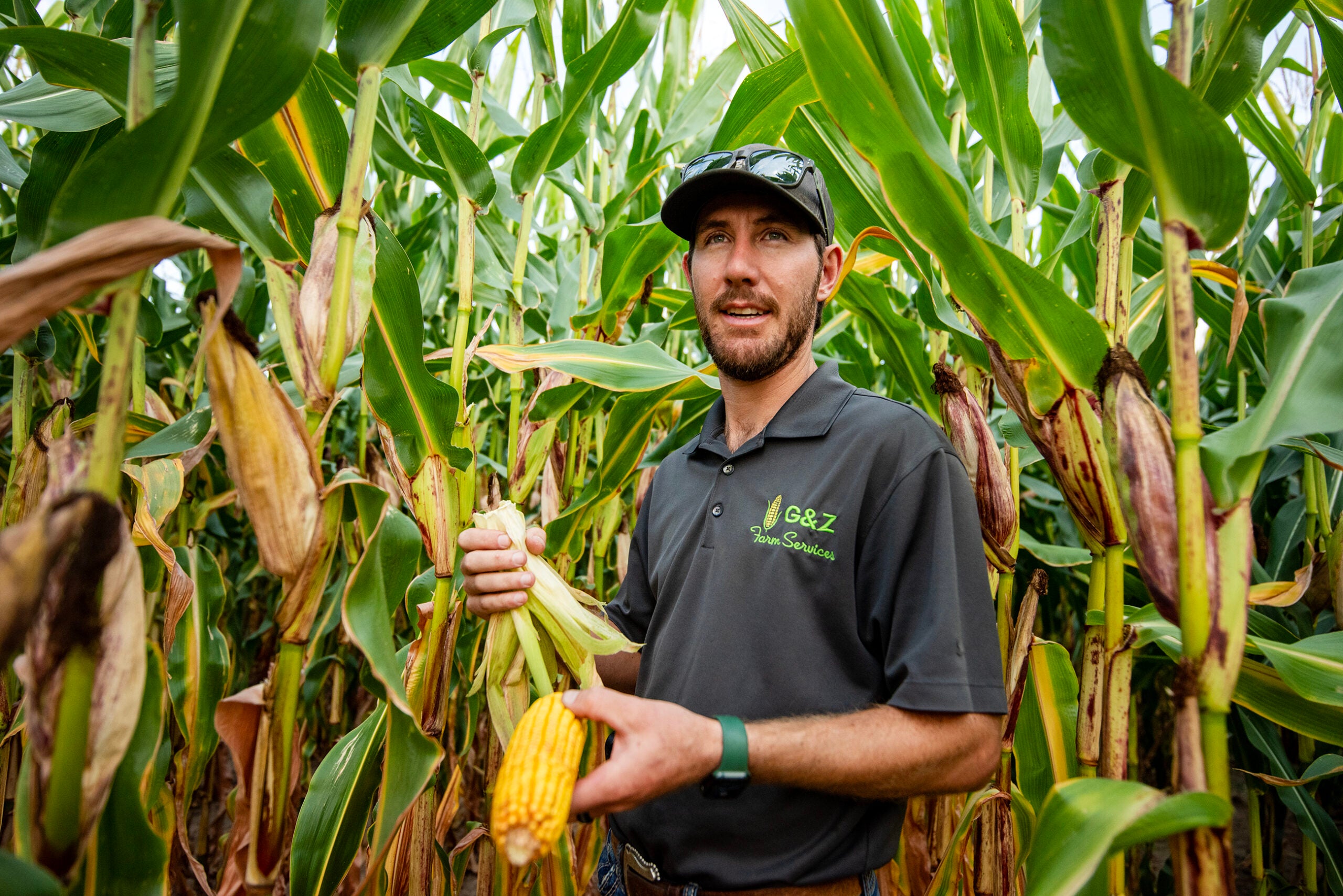Bill Tracy has spent the last 30 years thinking about and breeding new varieties of corn at the West Madison Agricultural Research Station.
“Every day I come out here, there’s something different and a new idea. The vast majority of them are crazy or don’t work, but every so often you hit one,” said Tracy, an agronomy professor at the University of Wisconsin-Madison.
And recently, Tracy did hit one of those good ideas. He’s bred a new variety of sweet corn that’s meant to be eaten without being cooked. Consumers can simply peel back the husk like a banana peel and take a bite.
News with a little more humanity
WPR’s “Wisconsin Today” newsletter keeps you connected to the state you love without feeling overwhelmed. No paywall. No agenda. No corporate filter.
The idea for the new variety, which doesn’t have a name yet, came to Tracy 15 years ago.
Bill Tracy in his field at the West Madison Agricultural Research Station. Hope Kirwan/WPR
Tracy first discovered the new variety by taking a bite.
“And it’s like, ‘That’s different than regular corn. That’s got an apple kind of quality, a crispness, and a sweetness but also a nice feel in your mouth,’” Tracy said.
The new variety is one of the ways he’s working to reimagine how people consume sweet corn. Other ways include smaller cobs designed to better fit in consumers’ freezers and sweet corn that isn’t as sweet that can be used in savory dishes.
The rest of the state’s food industry could use a similar upgrade, said Paul Mitchell, director of UW-Madison’s Renk Agribusiness Institute.
“Frankly, we need to come up with new food products,” Mitchell said. “We can do a very good job raising root crops and things like green beans and sweet corn, but we need to find a way to make them interesting to people.”
Wisconsin is the second largest producer of processed vegetables in the country, right behind California. Much of the state’s industry involves canning these foods, but that market has seen a slow decline over the last 10 years.
“That demographic is dying every day that eats canned vegetables, and so we need to find a way to reinvigorate, innovate out of that decline into new products,” Mitchell said. “The shift over toward frozen, and particularly fresh, vegetables is an important part of that innovation.”
Mitchell said the shift to fresh and frozen in Wisconsin could be an opportunity for farmers to grow products that generate more profit.
Like Tracy’s new variety of sweet corn. Growing the new plant won’t cost farmers much more than regular sweet corn.
“What everyone is hoping, especially the farmer, is that there would be demand for it; and any time you have demand, then the farmer can charge more,” Tracy said.
The novelty of peeling back a corn husk and taking a bite turns sweet corn from a well-known food to a specialty product. When producers earn more profit from each item, they no longer have to grow foods at large volumes to make them profitable.
“Yellow No. 2 corn (the most common variety) is very much a commodity production so you have to go for large economies of scale and high-volume, low-margin,” Mitchell said. “It’d be really nice to have some high-margin products that don’t need as much volume but generate a lot of value. It’s that value that generates the jobs and economic impact of an industry. It’s the dollars, not so much the volume or quantity.”
These big picture benefits are why Mitchell and other industry experts are calling on the state to be proactive about innovation in the food industry. If producers don’t respond to changing consumer demands, Wisconsin may no longer be a top agricultural producer.
“Once you lose that infrastructure, the knowledge as well as the buildings and machinery, it’s harder to get it back again. You have to reinvest,” Mitchell said.
But creating new food products doesn’t happen overnight.
Tracy said most food innovations, like his new variety of sweet corn, are incremental changes — slowly improving products to meet consumer demand. He said it’s unlikely the uncooked variety will replace its cooked counterpart.
“No matter how good this (new variety) is, people are not going to give up eating old fashioned sweet corn,” Tracy said. “It’s such a tradition, such a family thing; people sitting around the table, they do love to slather the butter on, and the butter won’t melt on an uncooked ear.”
But creating a new market for sweet corn could help ensure farmers can continue to profit from the classic vegetable.
This story is part of a yearlong reporting project at WPR called State of Change: Water, Food, and the Future of Wisconsin. Find stories on Morning Edition, All Things Considered, The Ideas Network and online.
Wisconsin Public Radio, © Copyright 2026, Board of Regents of the University of Wisconsin System and Wisconsin Educational Communications Board.
